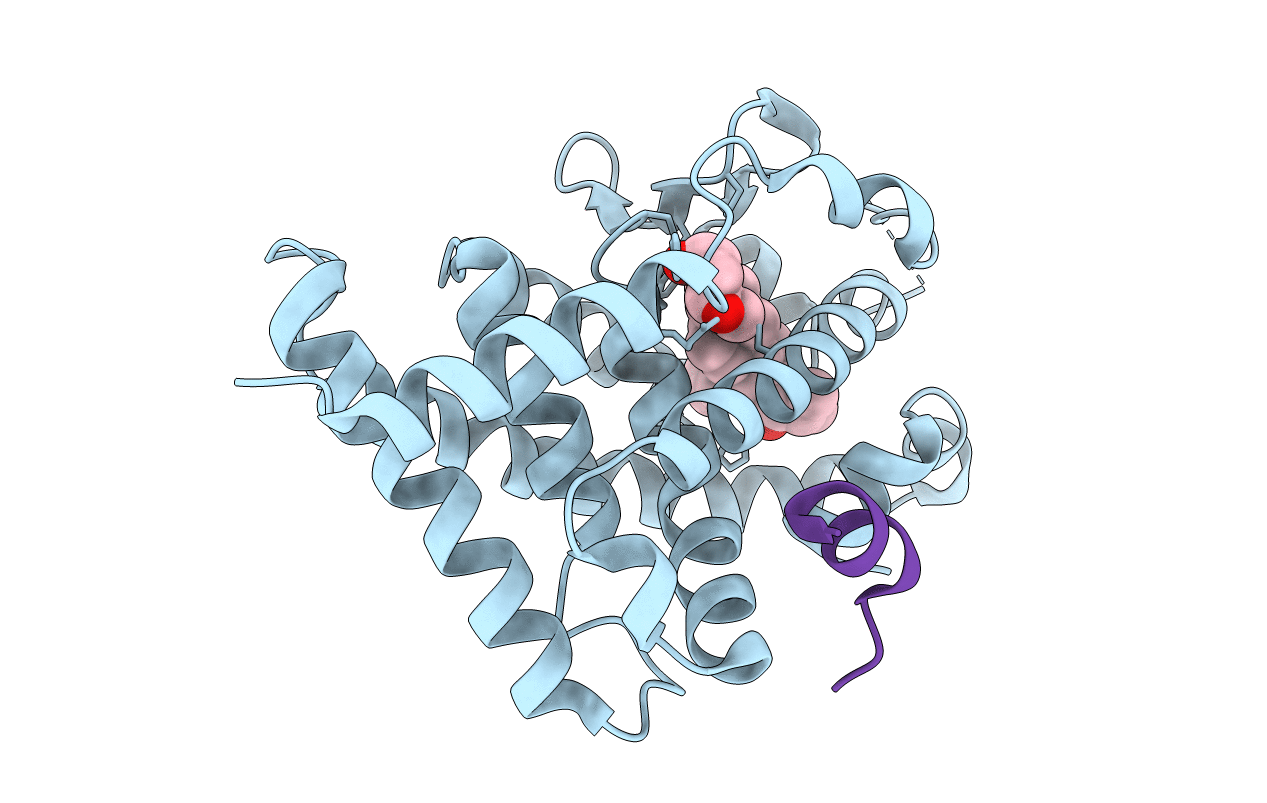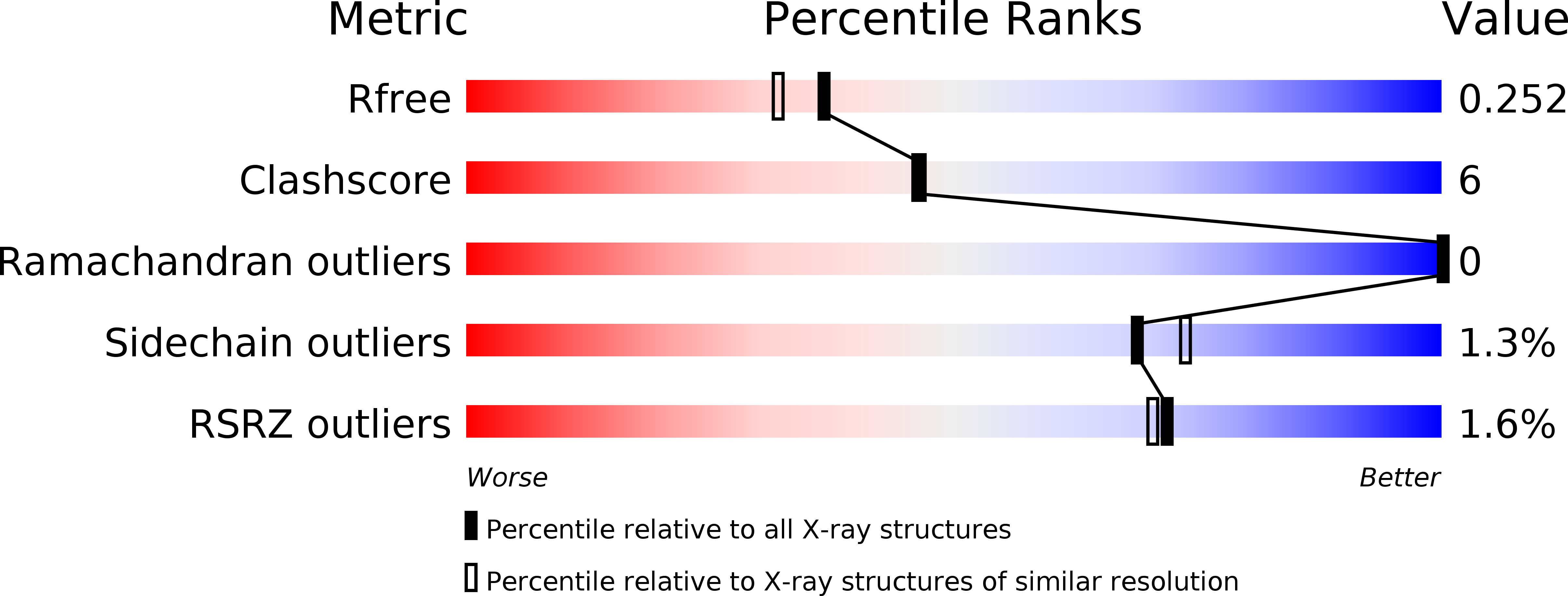
Deposition Date
2010-03-10
Release Date
2010-03-31
Last Version Date
2023-11-01
Entry Detail
PDB ID:
3AFR
Keywords:
Title:
Crystal Structure of VDR-LBD/22S-Butyl-1a,24R-dihydroxyvitamin D3 complex
Biological Source:
Source Organism:
Rattus norvegicus (Taxon ID: 10116)
Xenopus tropicalis (Taxon ID: 8364)
Xenopus tropicalis (Taxon ID: 8364)
Host Organism:
Method Details:
Experimental Method:
Resolution:
2.00 Å
R-Value Free:
0.26
R-Value Work:
0.21
Space Group:
C 1 2 1


